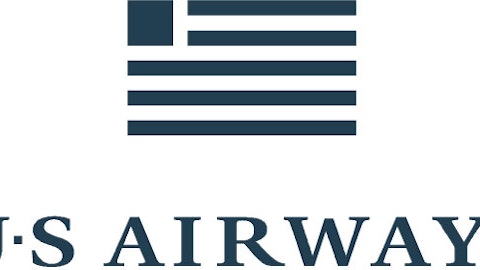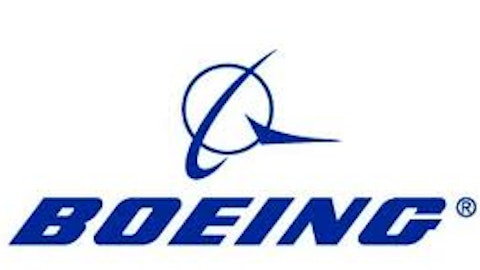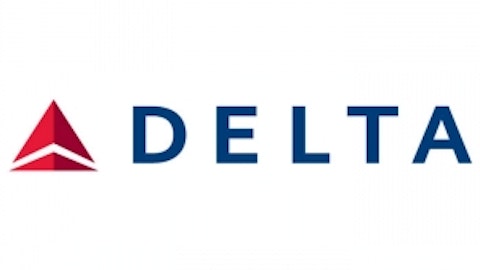With the proposed merger between US Airways Group, Inc. (NYSE:LCC) and American Airlines parent company AMR Corporation (OTCBB:AAMRQ) heading to court, investors bullish on the merger’s prospects have many ways to get some skin in the game. The most direct investments involve the merging airlines themselves, while more insulated investments can be made in other airlines. Here I will take a look at how airline shares in general could be affected by a successful merger, why US Airways shares are not a do-or-die based on the merger, and how AMR shares offer the potential both a near-term double or a complete wipeout of your investment.

The other airlines
When the Department of Justice challenged the US Airways Group, Inc. (NYSE:LCC)-AMR Corporation (OTCBB:AAMRQ) tie up, airline shares fell across the board. Delta Air Lines, Inc. (NYSE:DAL) dropped back below the $20 level and United Continental Holdings Inc (NYSE:UAL) lost grip on the $30 level. Two psychological levels of resistance for the carriers were quickly shattered by the news further demonstrating the market’s disappointment in the merger lawsuit.
A clear takeaway from this is that the market wanted the merger to happen. The merger would mean further consolidation in an industry where competition has historically been harmful to industry players. Since the market has clearly indicated its view of the merger, investors should expect airline shares to recover much, if not all, of the losses taken on the day of the lawsuit announcement.
Investors wanting to stay clear of the merger partners themselves may want to consider an investment in Delta Air Lines, Inc. (NYSE:DAL) or United Continental Holdings Inc (NYSE:UAL). Shares would stand to gain in the event of a successful merger while neither airline will have its planned corporate structure changed by a negative merger decision.
US Airways shares
Under the current merger agreement, US Airways Group, Inc. (NYSE:LCC) is the acquiring company and its shareholders will together own 28% of the new American Airlines Group, or AAG. US Airways is financially solvent for now and the foreseeable future so it does not need the merger to survive. Furthermore, US Airways shares look attractively priced based on cash per share (nearly $20), a lower price to book ratio than any other major carrier, and both a current and forward price to earnings ratio in the mid-single digits.
However, the market was so bullish on the merger’s prospects for US Airways Group, Inc. (NYSE:LCC) that US Airways shares were the hardest hit among major carriers (with the exception of AMR Corporation (OTCBB:AAMRQ); I’ll discuss why later). If US Airways shares were to return to their pre-lawsuit levels, investors would gain around 10% on their investment.
Adding to that, I see downside as limited here since US Airways Group, Inc. (NYSE:LCC) already trades at a bargain basement valuation when compared to peers and the market as a whole. If the merger is ultimately approved, upside could very well be more than 10% since the merger would have cleared almost all hurdles and be ready for completion.
AMR shares
AMR Corporation (OTCBB:AAMRQ) shares represent a riskier bet than shares of any other major carrier due to the way common stock is treated in bankruptcy. When bankruptcy was initially filed, shares of AMR fell into the $0.30 range. The market treated the shares as virtually worthless since common stock is almost always wiped out in bankruptcy. US Airways had voiced its intention to acquire the bankrupt airline but the widely held view was that AMR common stockholders would see none of the buyout funds since it would all go to pay creditors higher up the ladder.




